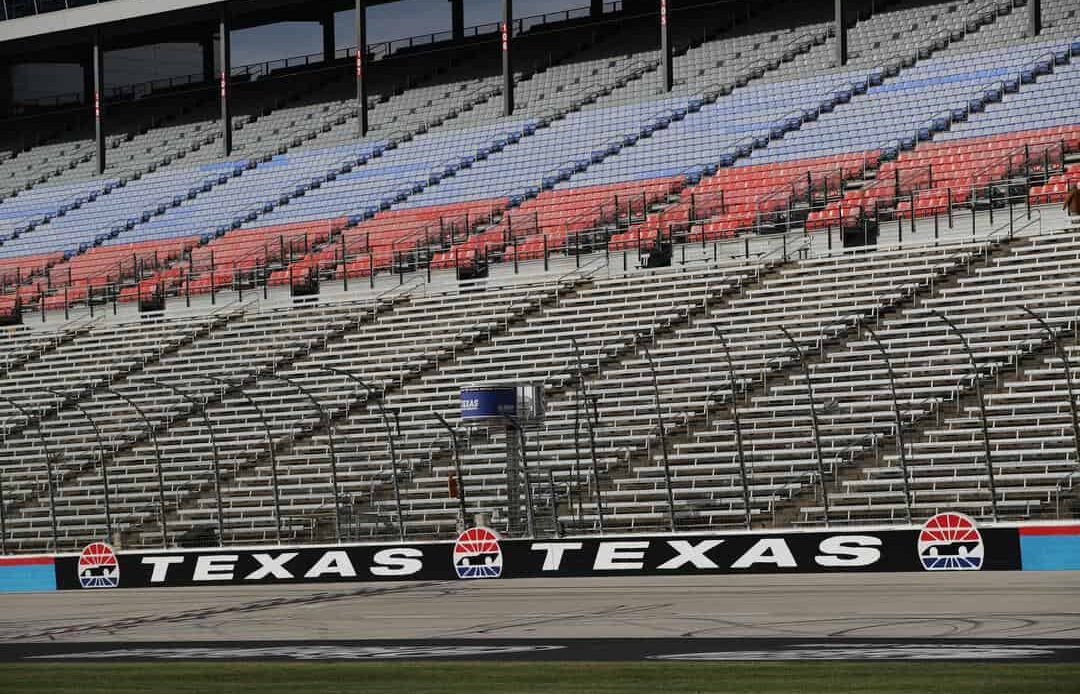Many of us look back at the late 1990s and early 2000s as the golden age of American open-wheel racing, and rightfully so. The era was one of fierce competition between two series vying for pre-eminence in American motorsport – CART, and the newly formed Indy Racing League, which had split from CART in the mid-90s in what was appropriately dubbed: The Split.
For perspective, in 2000 – the height of a cold war silently being contested between the two series, Gil de Ferran threw his Penske Racing Reynard 2ki around the 2.5 mile Auto Club Speedway in only 30.225 seconds, setting a blistering lap pace of 241 mph – a record that stands to this day. Some accounts of the time reported that CART machines reached speeds in excess of 255 mph on the Auto Club backstretch, causing fencing in the infield to shake as the cars flew into Turn 3.
Coming to Texas Motor Speedway for the 2001 Firestone Firehawk 600, CART had high hopes after the IRL had put on a series of exciting races at the 1.5 mile facility just outside of Fort Worth. However, concerns were already being raised on Texas’ end about the suitability of the CART series’ machines on such a track.
From the outset of the Friday practice sessions, skepticism about the coming race began to brew among drivers and officials alike. Tony Kanaan and Kenny Bräck led the two practice sessions, both running laps with top speeds eclipsing 230 mph.
By the end of Friday, Dr. Steve Olvey had observed multiple drivers presenting with visible dizziness as they exited their cars, and it quickly became clear that many drivers were feeling disoriented. Lapping the 1.5-mile track in only 22 seconds, at speeds in excess of 230 mph, drivers were experiencing around 5 lateral Gs (G-Force) for 14-18 seconds of each lap. For reference, a Soyuz capsule reentering the Earth’s atmosphere from space records around 4.5 Gs.
Take this qualifying lap from Adrian Fernandez as inspiration.
The first major incident of the weekend saw Mauricio Gugelmin crash heavily in practice. A snap of oversteer sent the Brazilian slamming into the wall exiting turn two. The impact registered over 110 Gs. Gugelmin’s foot was lodged between the car’s pedals by the force of the crash, leaving him with no capacity to brake or slow the car post-impact.
The car finally came to a rest in turn three, over a quarter of a mile from where the crash had…
Click Here to Read the Full Original Article at …

